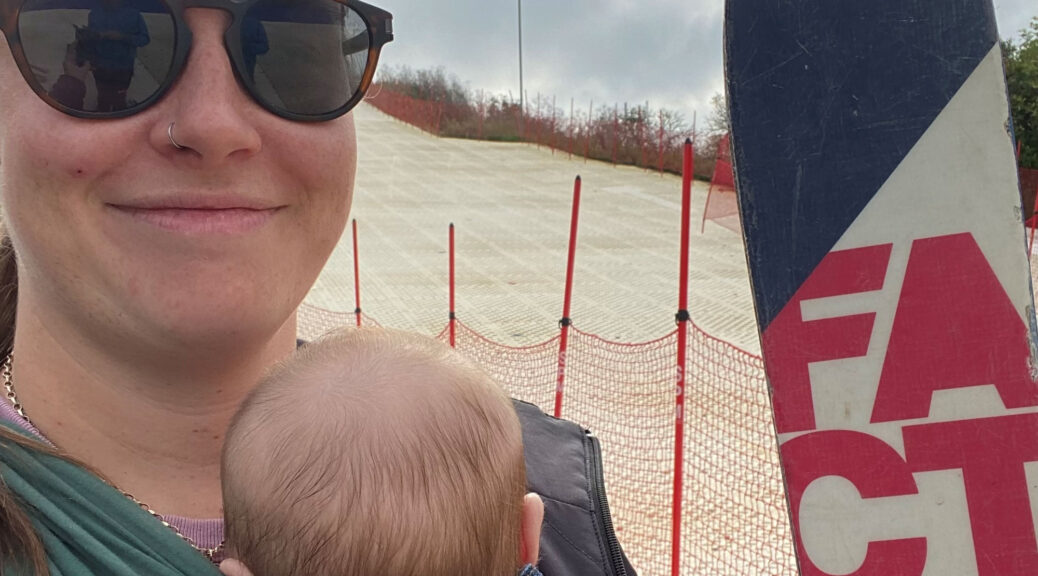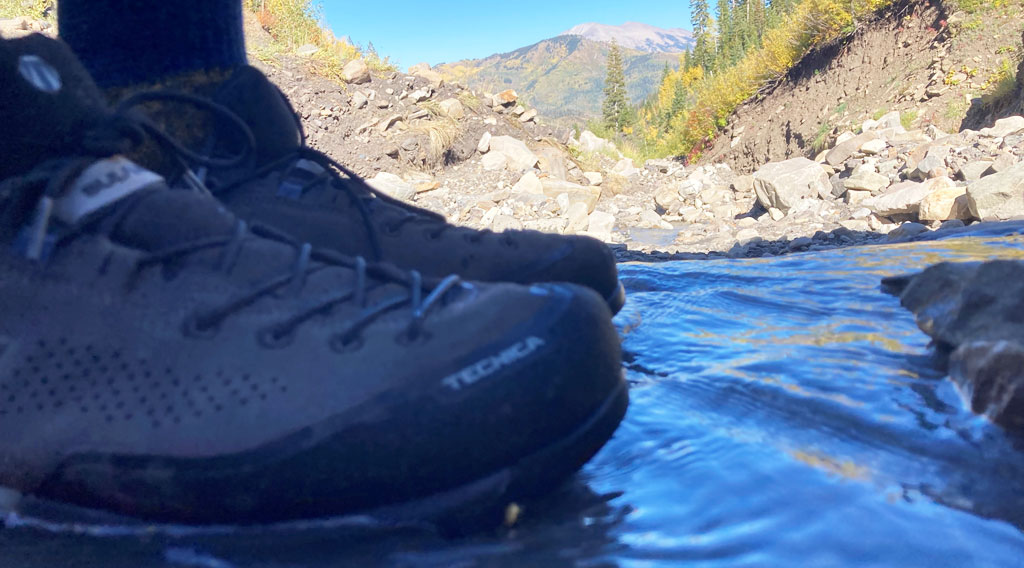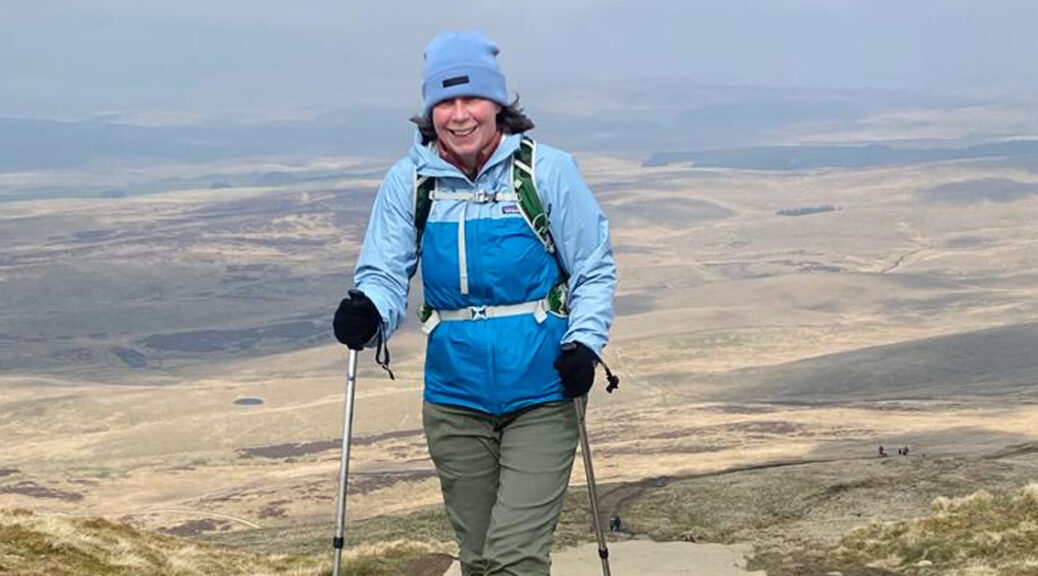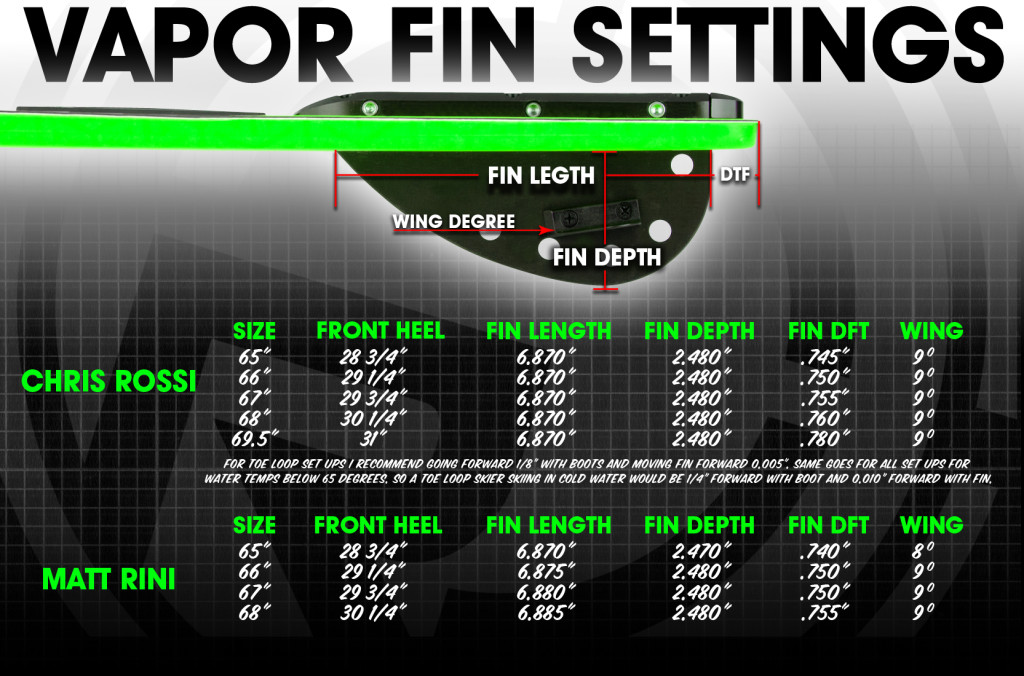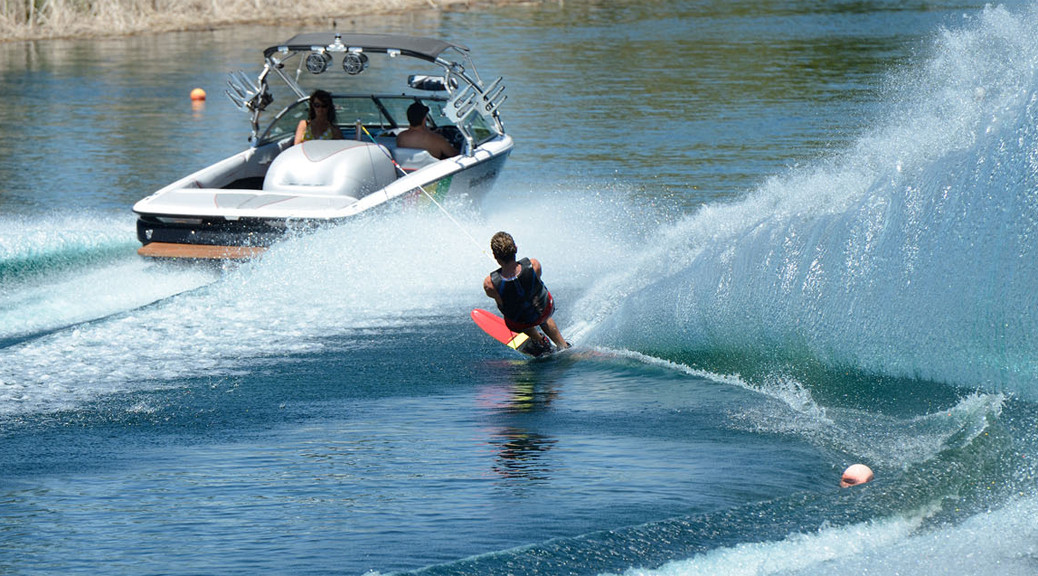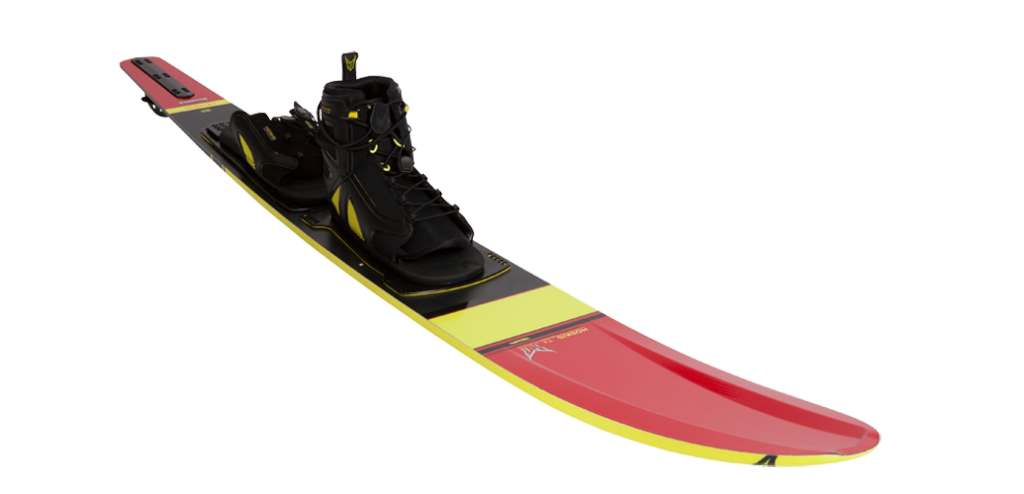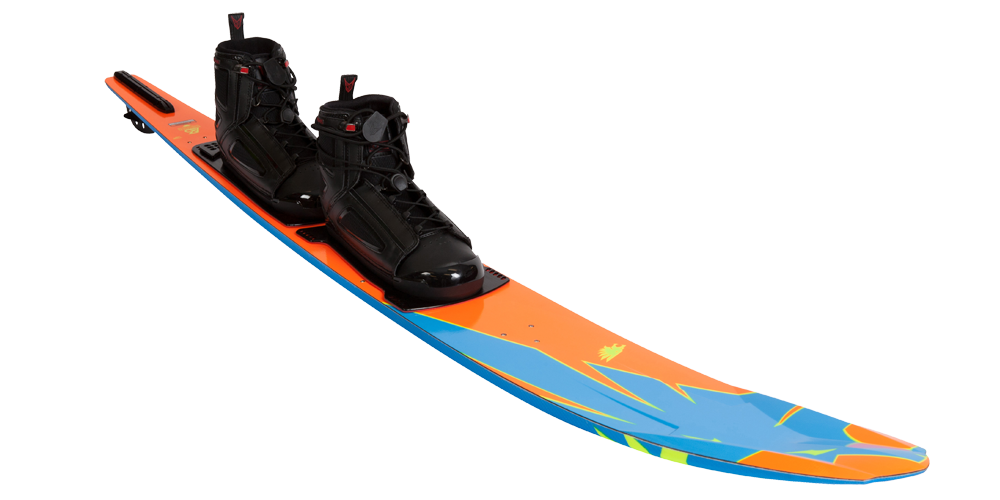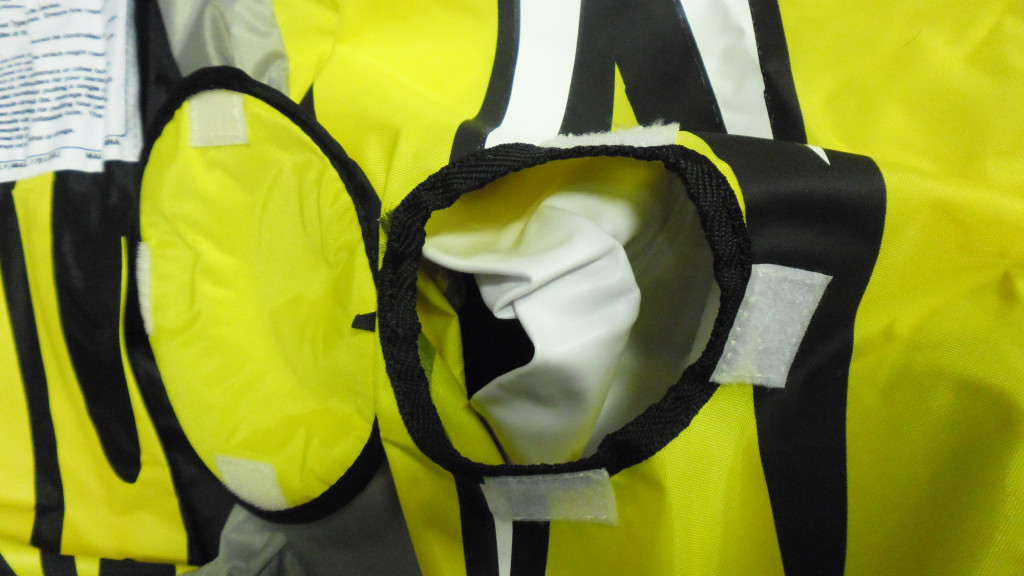I’ve been skiing for 24 years, and for the last seven years I’ve been teaching at Tallington Lakes Ski & Snowboard Centre so I believe I’m a fairly competent and confident skier, happy to tackle any slope, including the Swiss Wall and launch myself off big jumps or over rails. I’ve taught many adults, mainly women who haven’t skied since having kids and are looking to get back into it.
The main thing I noticed was a lack of confidence, and skiing without confidence makes it harder, your body will probably hurt a lot more from all the tensing, and you won’t have any flow.
While I was pregnant I skied and snowboarded until I was roughly 6 months pregnant, all the time being very safe and staying within my easy limits and had cut down the amount of time on the slope. My baby is now three-and-a-half months old and since he was born, I’ve skied and snowboarded at Tallington several times, however the main different between now and pre pregnancy riding– confidence! Although still very confident in my own abilities there’s now a feeling that if I get hurt, I have someone who is relying on me.
Doing flat 360’s on the slope, or even 180’s aren’t as smooth, I’ve been doing these since I joined Tallington Lakes and never had a second thought but now I have to think about it – what if I catch an edge. Trying to link turns on my snowboard has now become way more difficult because what if I fall over and get injured?
So, to all you parents out there, I get it! I get the worry of falling over, I get the worry of getting hurt, but I know the more I get out there and practice, the more my confidence will build, and I’ll get back to my previous standard. A lesson with one of our instructors will help you build that confidence and correct any errors that may be creeping in, I know I’ll be seeking some advice!
Lotti
Chief Instructor
Tallington Lakes Ski & Snowboard Centre

